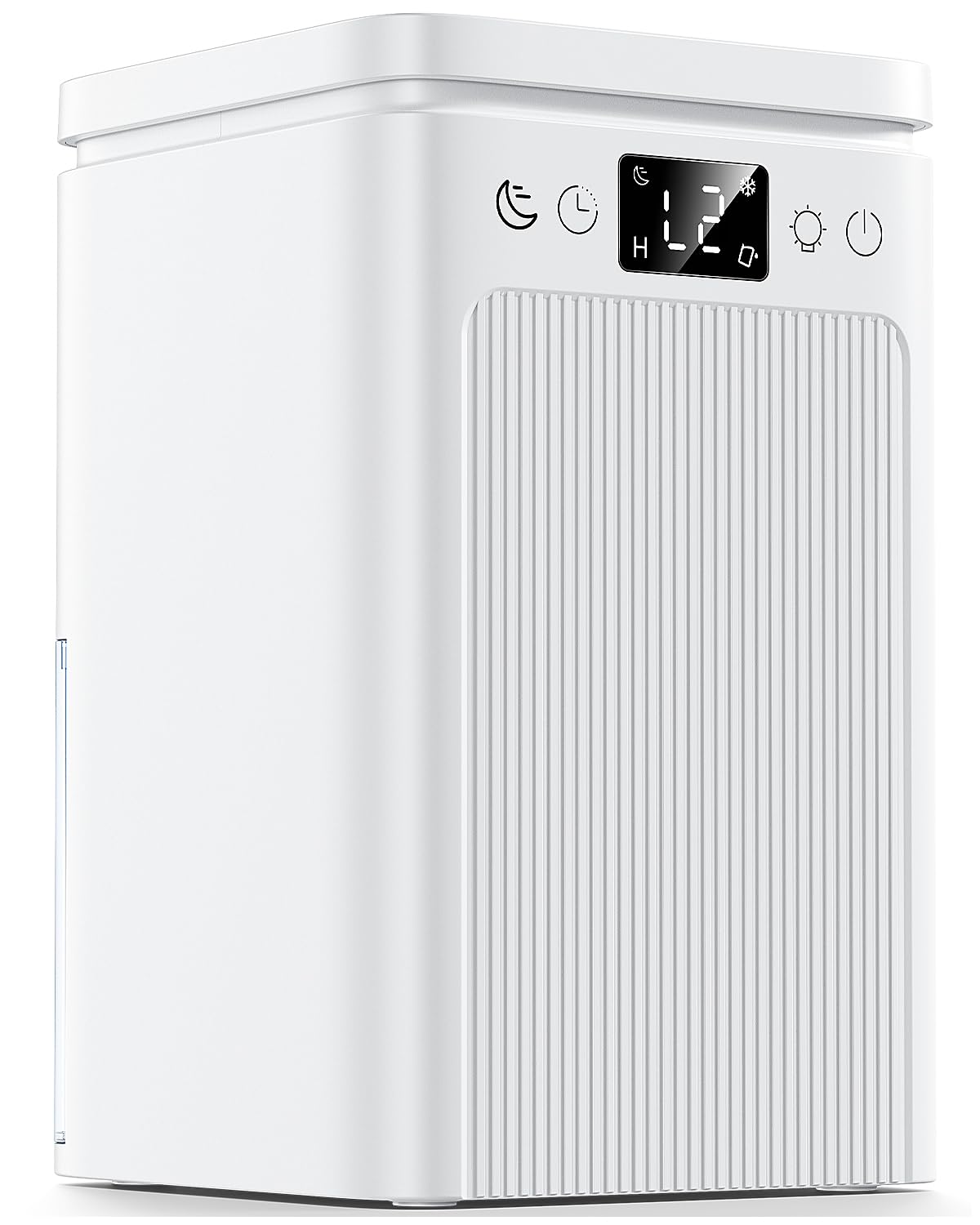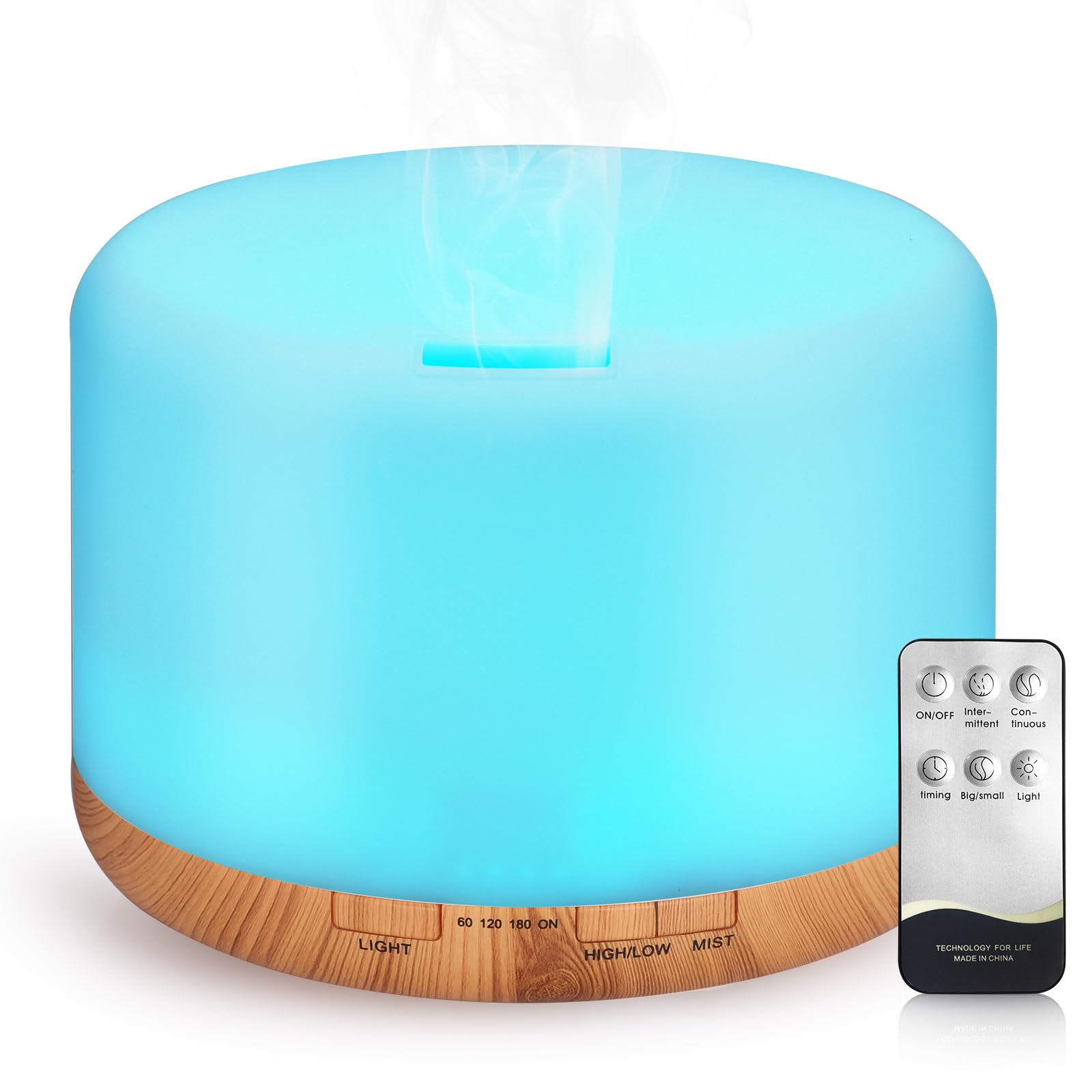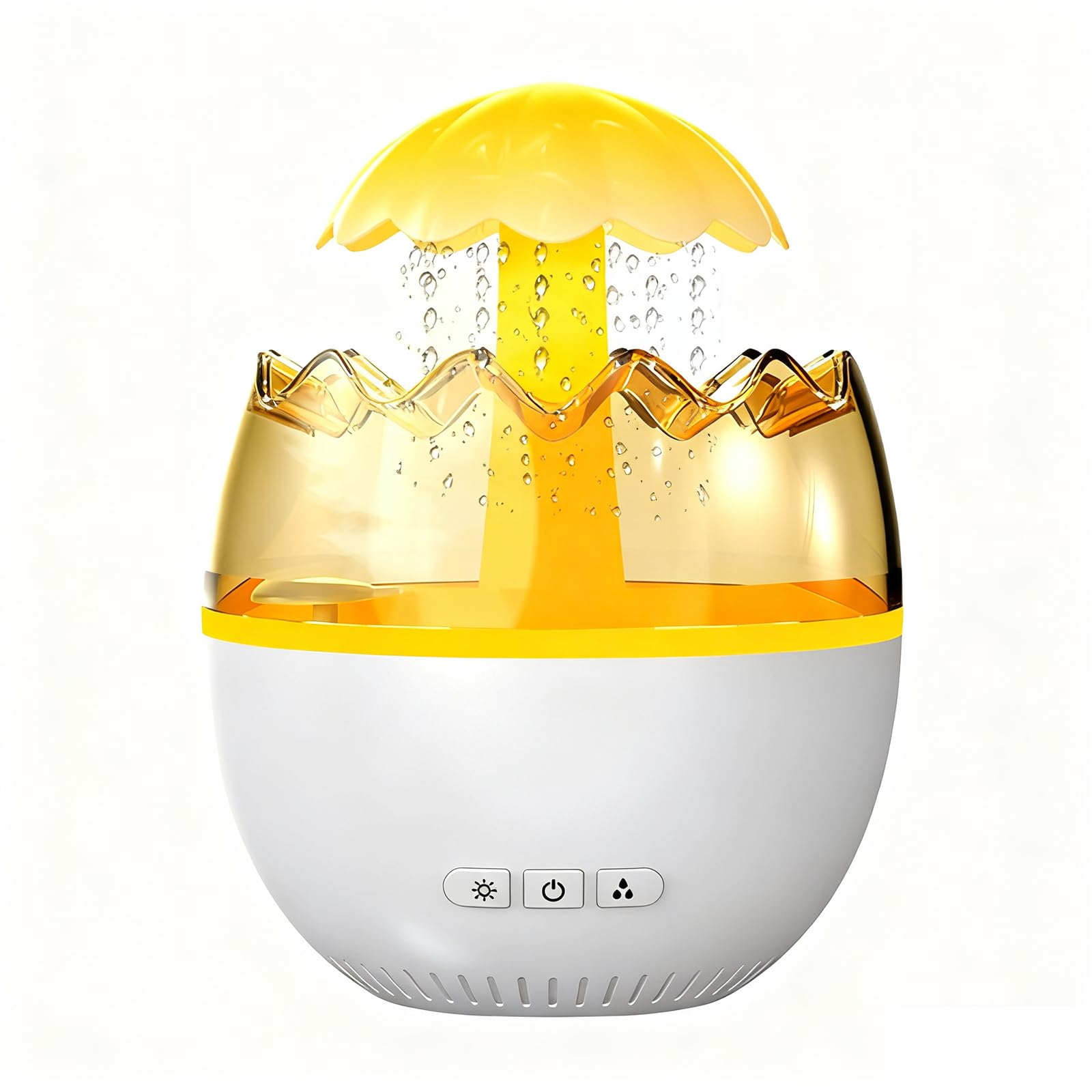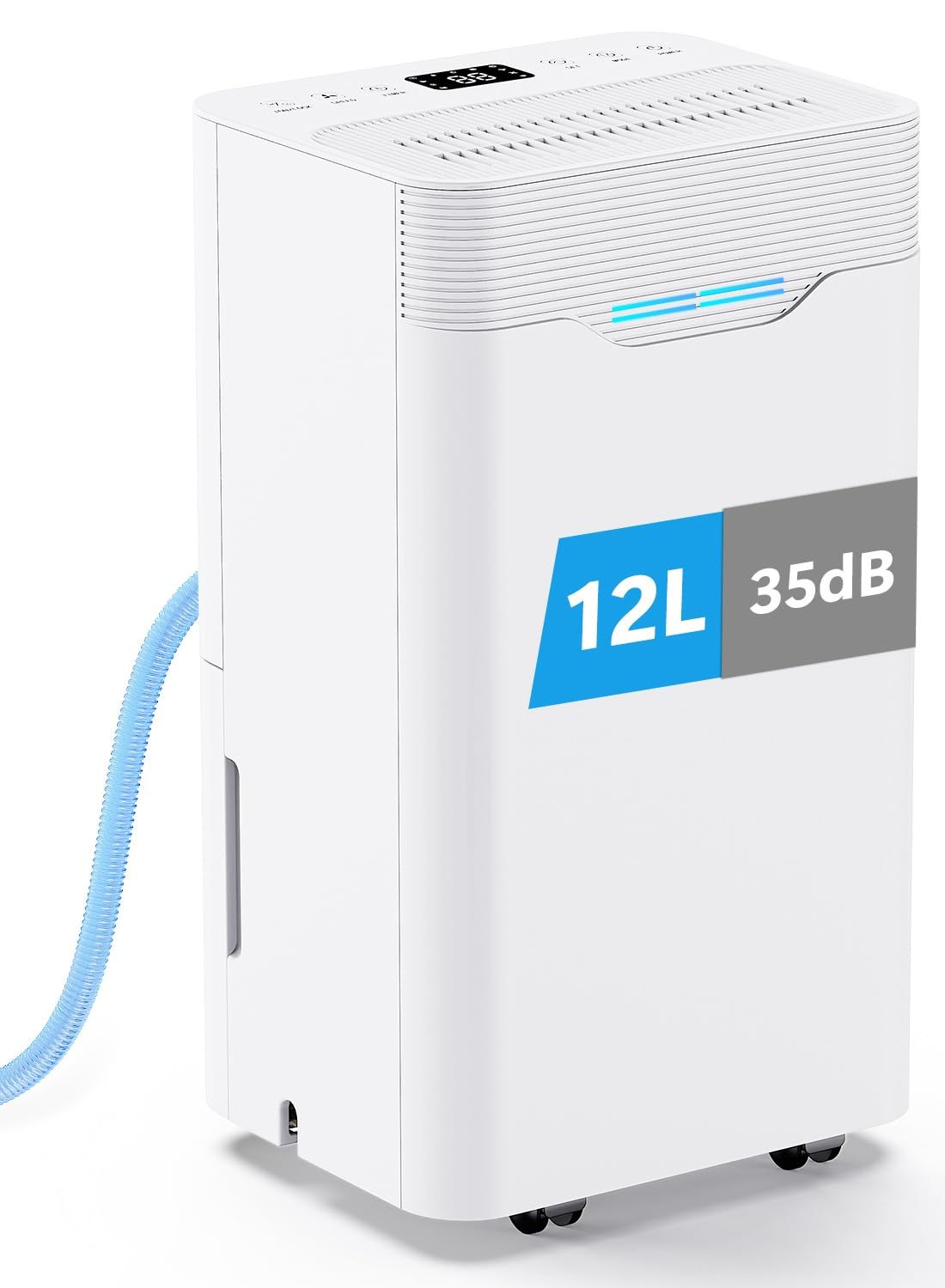The right humidifier makes a dry UK bedroom feel comfortable again without leaving the air sticky or the windows misty. The wrong choice either does nothing or over humidifies until the room feels clammy. Sizing is simple once you match room volume to output and think about run time and noise. This guide explains how to choose a humidifier size for a bedroom, how to read mL per hour specs, and where to place the unit so it works quietly through the night.
Dry bedrooms benefit from humidifiers sized for the space.
Know your room volume
Measure length, width, and height. A ten square metre bedroom with a 2.4 metre ceiling holds twenty four cubic metres of air. Larger rooms need more output to make a noticeable difference. If ceilings are higher or alcoves add volume, adjust your estimate. Room size informs both the output you need and the noise level you can tolerate. A small machine running flat out can sound louder than a larger model cruising at a low setting.
What mL per hour really tells you
Humidifier output is often listed as millilitres per hour. That figure is the maximum water the machine can add to the air each hour under test conditions. Bedrooms rarely need maximum output for the entire night, so focus on a comfortable average rather than headline numbers. As a rough guide, many UK bedrooms feel better with two to three hundred millilitres per hour for the first hour, then one to two hundred millilitres per hour for the rest of the night. If your home is very dry in winter, you may use more at first, then step down as the room approaches your target.
Set a sensible target humidity
Most people find forty to fifty percent relative humidity comfortable at night. Use a small hygrometer on the bedside table to monitor. If you wake with a dry throat, step up output a little. If the window mists every morning, step down or shorten run time. A timer or smart plug that starts an hour before bed and runs through the first part of the night often delivers the nicest balance of comfort and clear glass in the morning.
Cool mist vs warm mist
Ultrasonic cool mist models are quiet and efficient but can create white dust in hard water areas. Warm mist models boil water to make steam, which can help with winter congestion, yet they draw more power and need careful placement away from children and pets. Evaporative models use a wick and a gentle fan, create very little dust, and self regulate as humidity rises. For bedrooms, quiet evaporative units are popular in hard water regions, while quiet ultrasonics paired with distilled or filtered water suit many other homes.
How run time and tank size affect comfort
Small tanks mean more refills. A one litre tank at two hundred millilitres per hour lasts five hours. A three litre tank at the same output can cover the entire night. Look for a clear water window, an easy fill lid, and a tank that lifts without drips. Run time is not only about the tank though. Many people prefer a higher output for the first hour to take the dry edge off the room, then a lower output that maintains comfort without over humidifying.
Placement for quiet, even moisture
Place the unit on a stable bedside table or chest a metre or two from the bed, with the outlet aimed into open space. Avoid blasting mist directly at your face or into curtains. Keep it away from polished furniture and electronics. If using an ultrasonic model, place a tray or mat underneath to catch stray droplets. Leave a small gap behind the unit so intake air flows freely. Good placement often matters more than raw output for how the room feels.
Noise and sleep
Manufacturers quote noise in decibels, but the character of the sound also matters. A low fan hum from an evaporative unit can feel softer than the occasional water gurgle from a top fill ultrasonic. If you are a light sleeper, pick a model that meets your output needs at a low or medium setting, and try it for a few nights before deciding if the sound suits you. Constant, low noise is usually easier to sleep through than a cycle that ramps up and down.
Water choice and cleaning keep the room fresh
In hard water areas, use distilled water for ultrasonics or add a demineralisation cartridge to reduce white dust. Clean the tank every few days and descale weekly to prevent film and smells. Evaporative wicks need periodic replacement. Set a reminder so performance does not fade quietly over a month or two. Fresh water and a clean tank make more difference to comfort than squeezing another fifty millilitres per hour out of the machine.
When to consider a dehumidifier instead
If your windows are fogged most mornings and there is visible damp, the bedroom may not need added moisture at night. In that case, treat the underlying damp first during the day with a dehumidifier and ventilation, then reassess night comfort. Many UK homes run a dehumidifier in living spaces and still enjoy a small humidifier in a bedroom later when air feels dry from heating. The right balance depends on your building and routine.
Quiet, easy‑fill models with sensible outputs feature in humidifiers for UK bedrooms. When daytime humidity is high or laundry dries indoors, many homes pair with a dehumidifier to keep rooms in a healthy middle band.
FAQs
What size humidifier do I need for a small UK bedroom?
For a room around ten square metres, a unit capable of roughly two to three hundred millilitres per hour is a good starting point. Use higher output briefly before bed, then maintain with a lower setting to avoid over humidifying overnight.
Where should I place a humidifier in a bedroom?
On a stable surface a metre or two from the bed, with the outlet aimed into open space. Keep it away from curtains, polished wood, and electronics, and give the intake some space to breathe.
Do I need a warm mist model for winter?
Not necessarily. Warm mist can feel soothing for congestion, but cool mist and evaporative models also raise humidity effectively. Choose based on noise, water type, and safety in your household.





